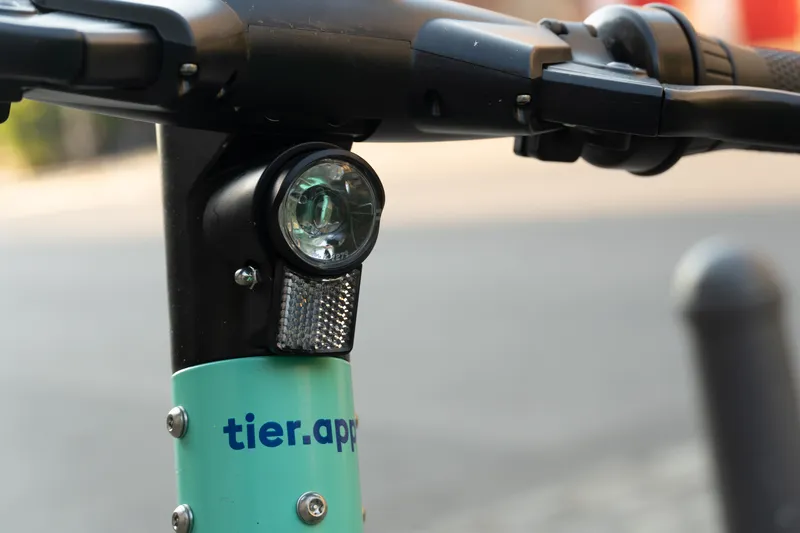BriefCam has launched its V5 video content analytics platform to help enterprises and law enforcement agencies generate visual evidence. The product combines computer vision and artificial intelligence technologies to help users pinpoint objects of interest.
The company says that V5 brings new capabilities across all three of the system’s integrated modules to help make video searchable and actionable.
V5 includes semantic detection for increased object extraction quality and a video search function with nine object classes. The rapid search capabilities, according to BriefCam, are extended through face recognition and appearance similarity, while case management and investigation reports aim to streamline investigator workflow.
An out-of-box report library addresses multiple use cases for transportation, law enforcement and retail industries, and supports the creation of new dashboards for stakeholders and personas.
Additionally, customisable smart alerts use the advanced analytics capabilities of the platform to provide near real-time notification of safety, security and operational events.
BriefCam launches new video content analytics platform
BriefCam has launched its V5 video content analytics platform to help enterprises and law enforcement agencies generate visual evidence. The product combines computer vision and artificial intelligence technologies to help users pinpoint objects of interest. The company says that V5 brings new capabilities across all three of the system’s integrated modules to help make video searchable and actionable. V5 includes semantic detection for increased object extraction quality and a video search function with
April 27, 2018
Read time: 2 mins










